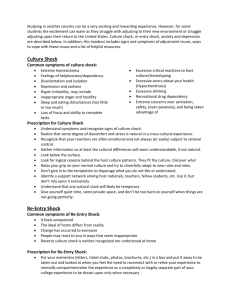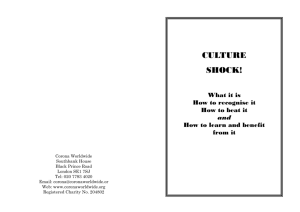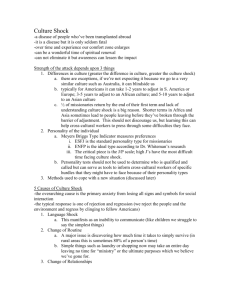Chapter 10: Shock
advertisement
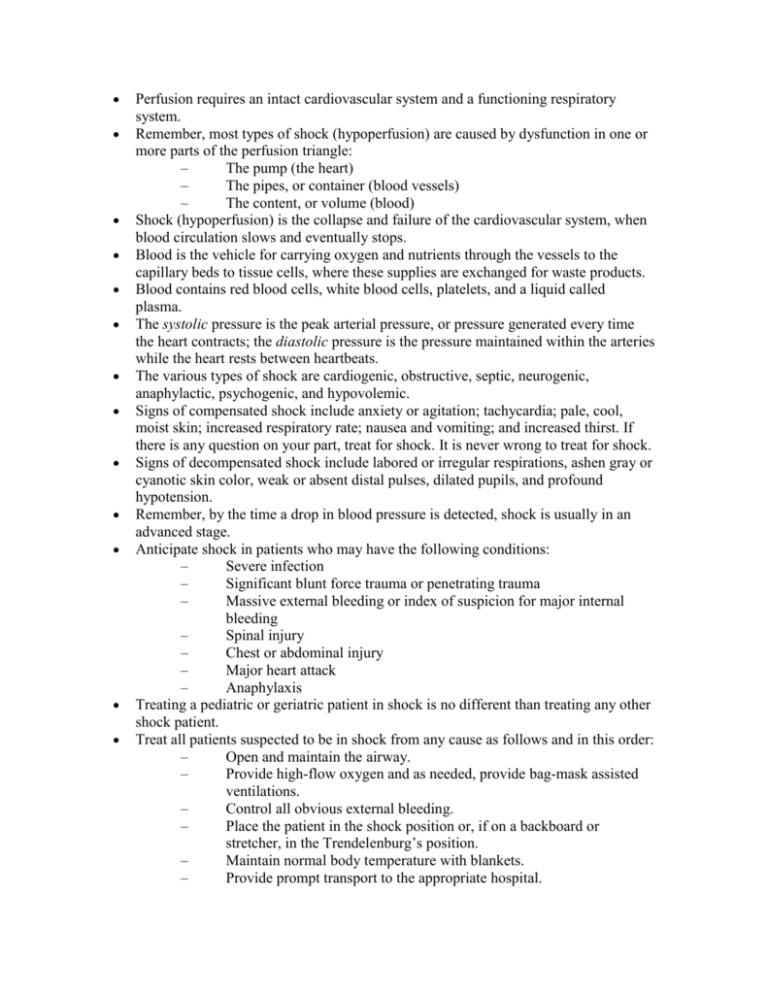
Perfusion requires an intact cardiovascular system and a functioning respiratory system. Remember, most types of shock (hypoperfusion) are caused by dysfunction in one or more parts of the perfusion triangle: – The pump (the heart) – The pipes, or container (blood vessels) – The content, or volume (blood) Shock (hypoperfusion) is the collapse and failure of the cardiovascular system, when blood circulation slows and eventually stops. Blood is the vehicle for carrying oxygen and nutrients through the vessels to the capillary beds to tissue cells, where these supplies are exchanged for waste products. Blood contains red blood cells, white blood cells, platelets, and a liquid called plasma. The systolic pressure is the peak arterial pressure, or pressure generated every time the heart contracts; the diastolic pressure is the pressure maintained within the arteries while the heart rests between heartbeats. The various types of shock are cardiogenic, obstructive, septic, neurogenic, anaphylactic, psychogenic, and hypovolemic. Signs of compensated shock include anxiety or agitation; tachycardia; pale, cool, moist skin; increased respiratory rate; nausea and vomiting; and increased thirst. If there is any question on your part, treat for shock. It is never wrong to treat for shock. Signs of decompensated shock include labored or irregular respirations, ashen gray or cyanotic skin color, weak or absent distal pulses, dilated pupils, and profound hypotension. Remember, by the time a drop in blood pressure is detected, shock is usually in an advanced stage. Anticipate shock in patients who may have the following conditions: – Severe infection – Significant blunt force trauma or penetrating trauma – Massive external bleeding or index of suspicion for major internal bleeding – Spinal injury – Chest or abdominal injury – Major heart attack – Anaphylaxis Treating a pediatric or geriatric patient in shock is no different than treating any other shock patient. Treat all patients suspected to be in shock from any cause as follows and in this order: – Open and maintain the airway. – Provide high-flow oxygen and as needed, provide bag-mask assisted ventilations. – Control all obvious external bleeding. – Place the patient in the shock position or, if on a backboard or stretcher, in the Trendelenburg’s position. – Maintain normal body temperature with blankets. – Provide prompt transport to the appropriate hospital.



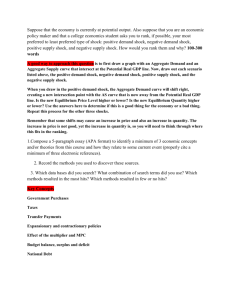

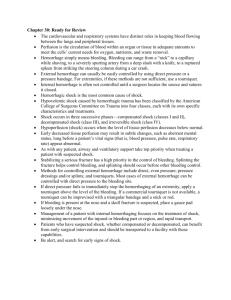

![Electrical Safety[]](http://s2.studylib.net/store/data/005402709_1-78da758a33a77d446a45dc5dd76faacd-300x300.png)
